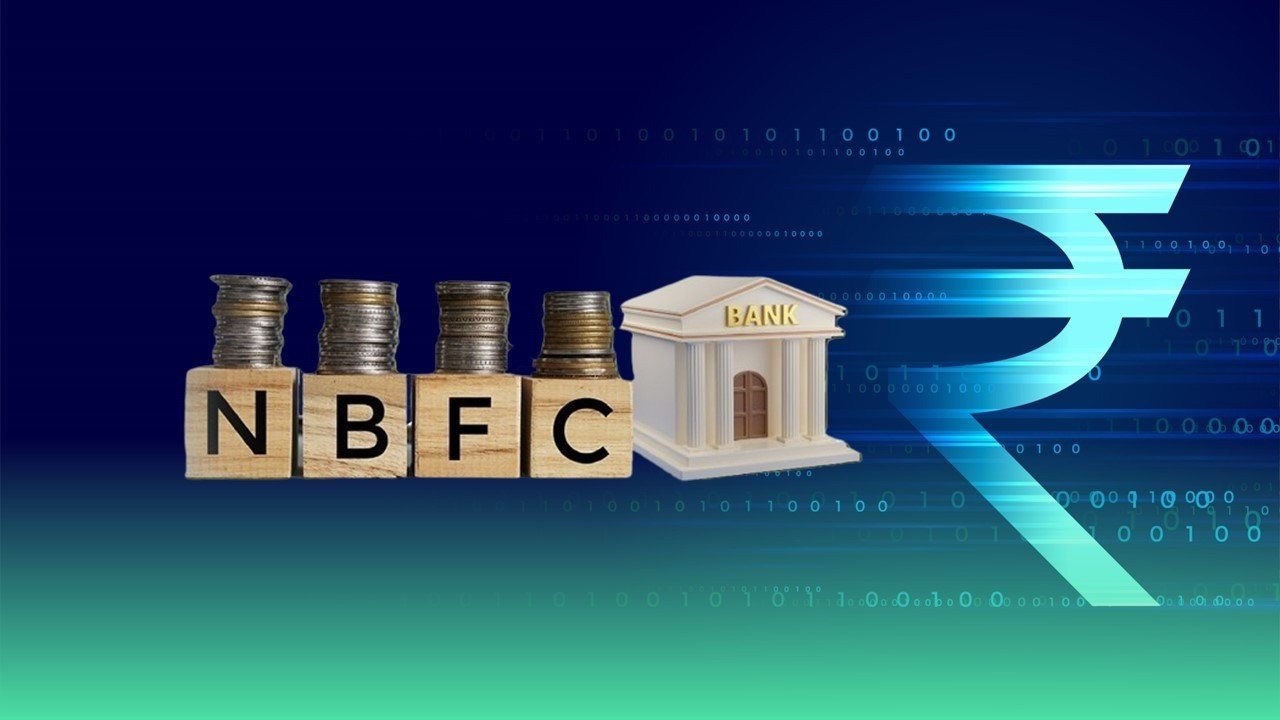Revolutionizing Lending: The Power of Unified Technology in Streamlining Loan Processes – Recently, the financial services industry has made growth by successfully turning to a major move led by technological advances. One of the main areas that is developing is lending. The entire process that accompanies traditional lending has, for a long time, suffered from inefficiencies and delays and a lack of clarity. However, via unified technology, the loan process is smooth, offering timely, easy, and safe loans. This blog will explore the development in lending that is happening because of unified technology, the different benefits it can and will bring, and lend an outlook on the lending process in this time of increased digitalization.

What is Unified Technology in Lending?
Unified technology may be explained as the use of all digital tools and platforms to get a smooth and flawless process for lending. Advanced digital tools like artificial intelligence (AI), blockchain, big data analytics, and cloud computing will enable some lenders to automate and simplify the processes and significantly upgrade the experience of the borrowing process.
Artificial Intelligence (AI) and Machine Learning (ML)
AI-enabled lending platforms assign complicated algorithms to assess borrower profiles, predict reliability, and automate loan approvals. The use of machine learning allows financial institutions to see huge amounts of data, which shows a reduction in the requirement to process manual loan reviews and simplifies automating the risk assessment process.
AI-enabled chatbots will also help assist borrowers with questions, interact with the lender, and effectively handle and guide them through the loan application process. Automated underwriting offers faster loan approvals as it assesses a borrower’s credit history, income sources, and spending habits in seconds.
Blockchain Technology
Blockchain technology offers a decentralized mechanism for keeping financial transactions tamper-proof. In a lending context, blockchain technology offers clarity, decreases fraud, and maintains data integrity.
Smart contracts automatically enforce loan agreements when particular criteria have been met, offering automated enforcement without the requirement for a third party.
The credit histories of borrowers can be stored and protected on a blockchain and shared between lenders and borrowers, preventing data tampering and improving trust between lenders and borrowers.
Big Data Analytics
By observing huge amounts of data, lenders can get a deep knowledge of customer behavior, financial trends, and risk factors. Big data analytics offers personalized lending products based on a borrower’s particular necessities. Analysis of real-time data can be useful in recognizing a possible defaulter before they default, enabling lenders to reduce the risk before it becomes a possible issue. Lenders can offer more tailored loan products, taking into account borrowers’ spending patterns and behaviors.
Cloud Computing
Cloud-based lending platforms allow financial companies to work remotely, offering cost savings related to infrastructural requirements and increasing access to services.
Loan applications and approvals can be completed anywhere, enabling a frictionless digital experience for borrowers. Cloud-based security practices, like encryption and multi-factor authentication, make sure sensitive financial information is relatively safe.
Benefits of Unified Technology in Lending
Adopting unified technology in lending leads to benefits for both lenders and borrowers.
Speed and Effectivity – Automated processes offer huge time savings in the approval of loans. What took a matter of weeks can take a couple of hours or even minutes. The whole loan cycle can be expedited by real-time data analysis and AI-assisted decision-making.
Cost Savings – By reducing physical paperwork, reducing physical branch dependence, and automating labor-intensive tasks, financial companies can decrease operational costs. These savings can then be passed along to borrowers, reducing interest rates and fees.
Improved Security and Fraud Prevention – With the help of blockchain and AI-based verification systems, lenders can ensure data accuracy and identify instances of fraudulent activity sooner. Use of biometric authentication and encrypted cloud will also improve the safety of loans.
Improved Customer Experience – A smooth loan application process, which is transparent for the borrower, will lead to greater satisfaction. Every borrower will get notifications quickly, track their loan applications in real-time, and find support digitally, whenever it is required.
Regulatory Compliance – Unified technology allows better regulatory compliance via the reporting regulatory needs in the cloud with accuracy and following local laws that govern financial institutions. AI-based compliance software will help lenders avoid fines and legitimate issues that come from being out of compliance.
The Future of Lending with Unified Technology
As the speed of digital transformation improves, the future of lending will be even more dependent on technology. Consider some of the more recent emerging trends in the lending space –
Decentralized Finance – Blockchain-based lending platforms that will remove the requirement for traditional financial institutions to serve as an intermediary.
AI-powered Credit Scoring – More advanced algorithms will evaluate non-traditional data sources to assess the reliability of the borrower.
Embedded Lending – It will enable customers to instantly access loan services at the point of purchase and in e-commerce and digital platforms.
Voice and Biometric Authentication – Voice recognition and biometric data can be utilized to verify the mortgager’s identity in the process.
Predictive Lending Models – AI-based loans are based on the requirements of the borrower and not historical credit history.
Conclusion
The lending industry is poised to experience a major change by harnessing unified technology in the first instance. By using advanced technologies like artificial intelligence, blockchain, big data analytics, and cloud computing, financial institutions may smooth loan operations, offer wide security, and ensure that the customer experience is greatly improved. As a result of the acceleration of and proliferation in the related technologies, the future of lending will probably be made up of transparency, efficiency, and inclusivity. For both lenders and borrowers, adopting this digital evolution will be basic to identifying new possibilities and unleashing economic growth in the modern environment.
FAQs
How does AI help with the loan approval process?
AI enhances the loan approval process by automating underwriting, assessing reliability in real-time, and generating loan decisions with quick approvals. This removes human error and smooth loan processing.
Is blockchain technology secure for lending transactions?
Yes, blockchain technology offers the security required for secure lending transactions. A decentralized, tamper-proof framework ensures data accuracy and fraud protection.
What are the benefits for borrowers using unified lending technology?
Borrowers benefit from instant loan approvals, less paperwork, improved security, customizing loan offerings, and clarity during the lending process.







